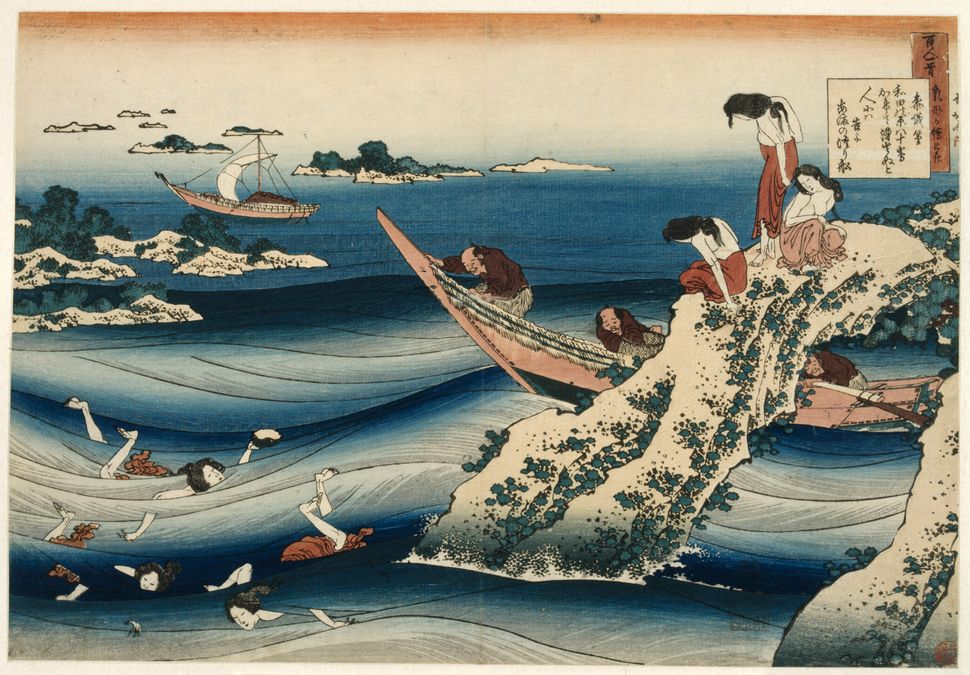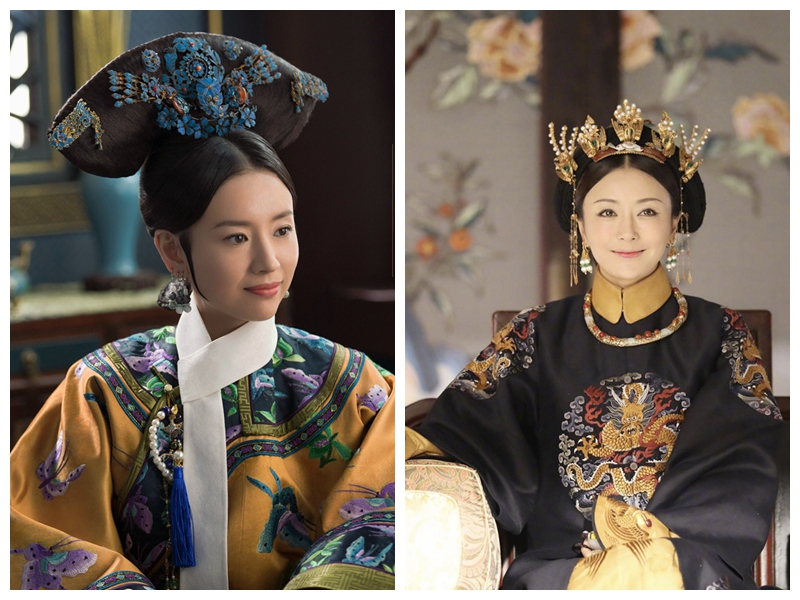Unique decorations including parallel lines covered the bones of a young woman buried 4,5 thousand years ago in a barrow over the central Dniester (today`s Ukraine). According to scientists, the markings were made after death and the process of body decomposition.
According to Żurkiewicz, the patterns are clearly man-made. A black substance was used - probably similar to tar obtained from wood, scientists suggest. "Some time after the woman`s death the grave was reopened, bone decoration was performed and the bones were re-arranged in anatomical order" - the researcher describes the course of making decorations.
According to Żurkiewicz, this discovery is unique - so far, no comparable custom among other prehistoric communities in Europe has been recorded.
read more here @ Science in Poland







